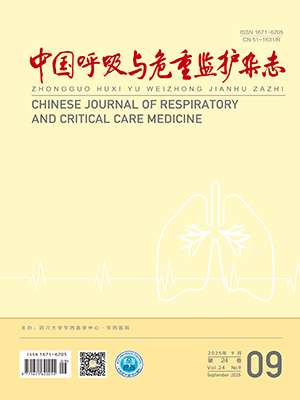| 1. |
Miki N, Yasuhiro F, Masaki Y, et al.Epidemiology of invasive fungal infections after liver transplantation and the risk factors of late-onset invasive aspergillosis.J Infect Chemother, 2016, 22:84-89.
|
| 2. |
冯春来, 施毅.肺曲霉球诊治进展.中国呼吸与危重监护杂志, 2014, 13:427-429.
|
| 3. |
Pratibha G.Pulmonary fungal infections.Curr Med Res Pract, 2015, 5:221-227.
|
| 4. |
Andreas C, Margaret CL, Andrew CY, et al.CT patterns of fungal pulmonary infections of the lung:Comparison of standard-dose and simulated low-dose CT.Eur J Radiol, 2012, 81:2860-2866.
|
| 5. |
Martinez DR, Ananda-Rajah MR, Suominen H, et al.Automatic detection of patients with invasive fungal disease from free-text computed tomography (CT) scans.J Biomed Inform, 2015, 53:251-260.
|
| 6. |
Taisa DG, Dante LE, Edson M.Pulmonary infections following bone marrow transplantation:High-resolution CT findings in 35 paediatric patients.European J Radiol, 2008, 66:117-121.
|
| 7. |
Gafter-Gvili A, Paul M, Bernstine H, et al. The role of 18F-FDG PET/CT for the diagnosis of infections in patients with hematological malignancies and persistent febrile neutropenia. Leuk Res, 2013, 37:1057-1062.
|
| 8. |
Vos FJ, Donnelly JP, Oyen WJ, et al. 18F-FDG PET /CT for diagnosing infectious complications in patients with severe neutropenia after intensive chemotherapy for haematological malignancy or stem cell transplantation. Eur J Nucl Med Mol Imaging, 2012, 39:120.
|




